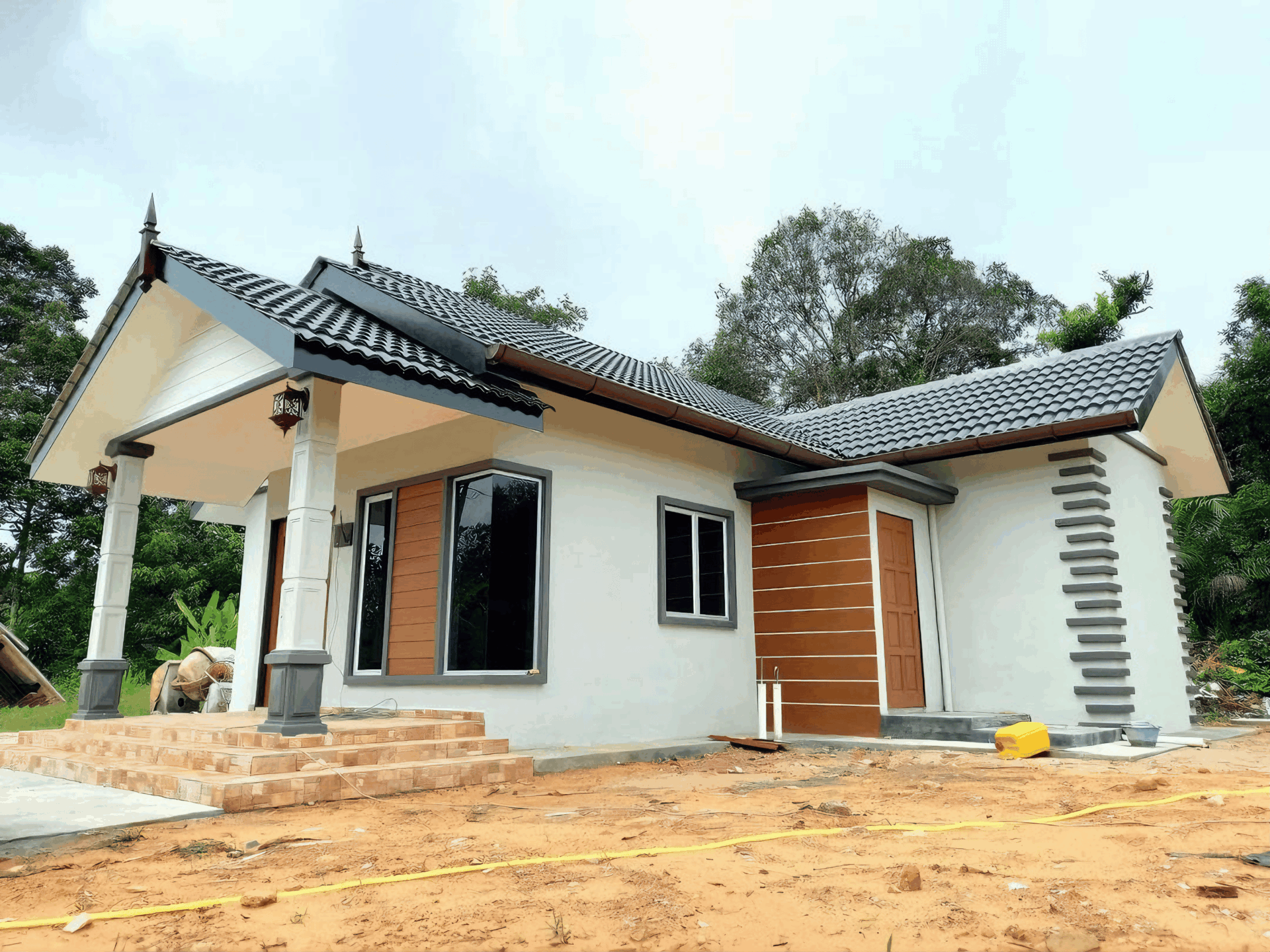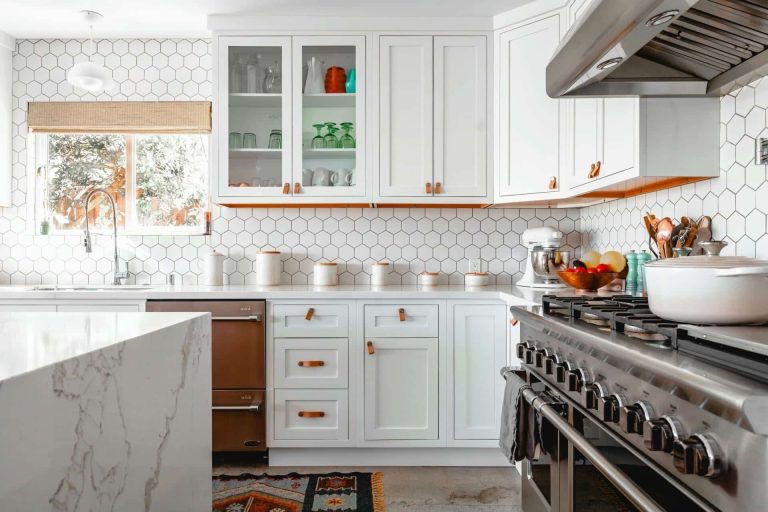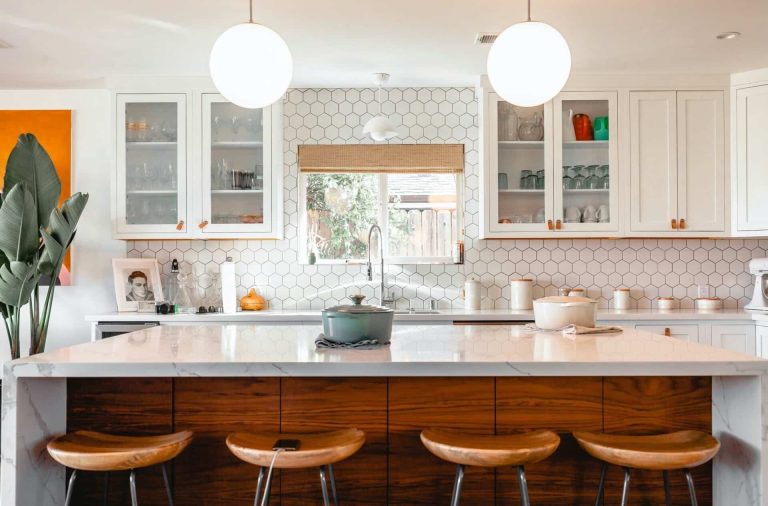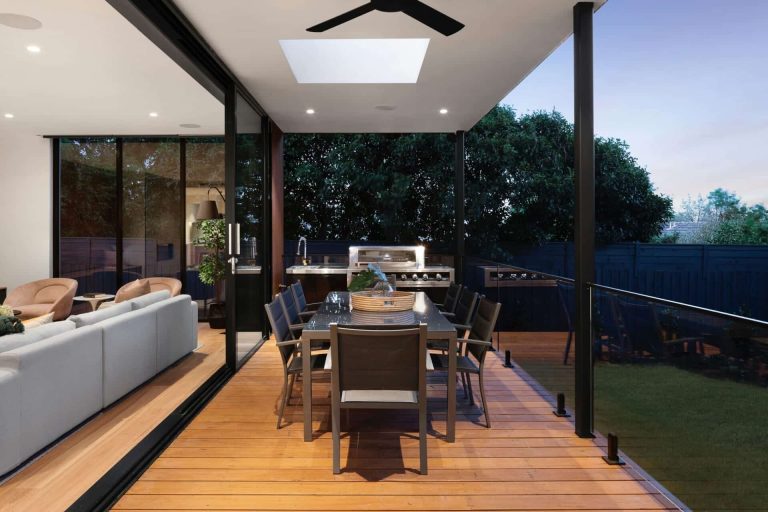In the intricate dance of architecture and engineering, the construction techniques for the main structure of a house stand as the backbone of residential design. Columns, beams, and walls serve not only as the physical framework that delineates space, but also as silent sentinels, enduring the test of time and the elements. From the humble abode to towering contemporaries, the methods employed to erect these essential components have evolved dramatically, blending traditional craftsmanship with modern innovation.
Understanding the interplay between these structural elements is crucial for both aspiring architects and seasoned builders alike. Columns rise steadfastly, channeling loads from the roof down to the foundation, while beams traverse horizontally, creating open spaces that invite creativity and functionality. Walls, whether they embrace the warmth of wood or the resilience of concrete, provide the critical envelope that shelters us from the outside world.
As we embark on this exploration of construction techniques, we will delve into the various materials and methods that shape our living spaces. We will examine how advancements in technology and changes in design philosophies continue to influence the way we build. Join us on this journey through the essential elements of residential construction, where the art of building interweaves with the science of stability, and discover what it takes to raise not just a house, but a home.
Understanding the Role of Columns in Structural Integrity
Columns are fundamental components in the architecture of any structure, playing a critical role in maintaining overall stability and integrity. These vertical elements bear the load of the beams they support, transferring weight down to the foundation. This distribution of forces ensures that the structure remains upright and unyielding, even under varying conditions such as wind, seismic activity, or heavy snowfall.
When designing a building, engineers and architects must consider not only the material of the columns but also their placement and spacing. Effective column placement can significantly enhance the aesthetic appeal of a design while optimizing the interior layout of the space. Various materials can be employed, including:
- Reinforced Concrete: Known for its strength and durability.
- Steel: Offers flexibility and a high strength-to-weight ratio.
- Wood: An environmentally friendly option that provides a warm aesthetic.
Moreover, the size and shape of the columns can affect the load-bearing capacity and overall performance of the structure. To illustrate, consider the following table that outlines common column shapes and their respective advantages:
| Column Shape | Advantages |
|---|---|
| Rectangular | Simple design, efficient load distribution. |
| Circular | Superior strength, even load distribution. |
| Square | Easy to construct, versatile in design. |

Exploring Beam Design for Enhanced Load Distribution
Understanding the intricacies of beam design is crucial for ensuring effective load distribution within a structure. A well-designed beam not only supports vertical loads but also plays a pivotal role in resisting lateral forces. When selecting materials for beams, it is essential to consider factors such as weight, span, and load capacity. Popular materials include reinforced concrete, steel, and wood, each offering unique properties that can enhance the structural integrity of the building.
To optimize load distribution, it is beneficial to implement various beam configurations. Common designs include:
- Simply Supported Beams: Ideal for straightforward, cost-effective applications.
- Continuous Beams: Provide enhanced load distribution over multiple supports.
- cantilever Beams: Allow for overhanging structures while ensuring stability.
Additionally, integrating components like trusses and braces can further enhance the performance of beams by distributing loads more evenly. Trusses, with their triangular configuration, can effectively manage both compressive and tensile forces, significantly improving the overall structural resilience.
In terms of calculations, it is equally important to conduct a load analysis to determine the expected forces acting on the beam. This analysis helps identify the appropriate beam size and material needed for specific applications. A simplified table below summarizes key factors to consider during this process:
| Factor | Consideration |
|---|---|
| Span Length | Directly influences beam size. |
| Load Type | Static vs. dynamic loads. |
| Material | Strength vs. flexibility requirements. |
| Support Conditions | Dictates beam configuration and robustness. |

The Importance of Wall Materials in Energy Efficiency
The choice of wall materials plays a crucial role in the overall energy efficiency of a home. Different materials possess varying thermal properties, which can significantly influence how heat is retained or lost throughout the seasons. For instance, insulated concrete forms and advanced framing techniques can create walls that not only insulate effectively but also reduce thermal bridging. By selecting materials that enhance insulation, homeowners can minimize reliance on heating and cooling systems, ultimately leading to lower energy bills.
In addition to insulation, the wall material impacts the building’s ability to manage moisture and air infiltration. Incorporating materials such as fiber cement siding or brick can provide enhanced durability and resistance to the elements, reducing the need for replacement and repair. Moreover, the use of sustainable materials, like reclaimed wood or earth blocks, not only contributes to energy efficiency but also supports eco-friendly construction practices. These choices reflect a commitment to reducing waste and promoting a healthier living environment.
| Wall Material | R-Value | Durability | Eco-Friendly |
|---|---|---|---|
| Wood | 3.7 – 4.2 | Moderate | Depends on sourcing |
| Brick | 0.80 | High | Not sustainable |
| Insulated Concrete Forms | 14 – 24 | Very High | Moderately sustainable |
| Steel Frames | 0.24 | Very High | Recyclable |
| Earth Blocks | 5.0 | High | Highly sustainable |

Innovative Techniques for Integrating Structure and Aesthetics
Integrating structure and aesthetics in construction doesn’t merely elevate the visual appeal of buildings; it also maximizes functionality and resilience. One innovative technique involves the use of reinforced concrete with architectural finishes. By embedding materials like glass and steel within concrete, designers can create walls that are not only load-bearing but also showcase artistic expression through patterns, colors, and textures. This fusion results in a striking façade while ensuring the strength and durability integral to structural integrity.
Another emerging method is the use of modular construction systems. These prefabricated components can be assembled on-site, allowing for greater design flexibility without compromising structural reliability. The modules can incorporate green building materials that promote sustainability while also supporting aesthetic diversity. Options such as interlocking wood panels or 3D-printed components can bring intricate designs to life, marrying structural elements like beams and columns with visually captivating features, while reducing construction time and waste.
| Technique | Benefits | Aesthetic Appeal |
|---|---|---|
| Reinforced Concrete | Strong and durable, reduces maintenance | Patterns and textures enhance visual interest |
| Modular Construction | Time-efficient, sustainable | Innovative shapes and finishes create unique designs |
| 3D Printing | Customization, cost-effective | Complex forms that traditional techniques cannot achieve |
Lastly, the integration of smart technologies into construction materials provides a modern twist to traditional aesthetics. Smart glass, which can change transparency and tint based on environmental conditions, harmoniously blends with overall structure while influencing energy efficiency. This not only enhances the user experience but also introduces an aesthetic dimension that adapts to the living conditions, creating a beautiful interplay between form and function. Such advancements prove that innovative construction techniques can lead to houses that embody both strength and elegance.
Q&A
Q&A: Construction Techniques for the Main Structure of the House: Columns, Beams, and Walls
Q1: What are the primary roles of columns, beams, and walls in house construction?
A1: Columns, beams, and walls are the backbone of a house’s structural integrity. Columns serve as vertical supports that transfer loads from the roof and upper stories down to the foundation. Beams are horizontal members that span between columns or walls, distributing weight to avoid sagging and providing essential support for floors and ceilings. Walls, on the other hand, contribute to the overall stability of the structure while also serving functions of insulation, privacy, and aesthetics.
Q2: What types of materials are commonly used for constructing columns, beams, and walls?
A2: The materials chosen for these structural elements can vary based on design preferences and budget considerations. Common materials include reinforced concrete, which is favored for its strength and durability; steel, known for its high tensile strength and flexibility; and wood, a traditional and sustainable option. Each material offers unique benefits, contributing to the building’s performance and energy efficiency.
Q3: How does the choice of construction techniques impact the overall design of a house?
A3: Construction techniques not only influence the structural design but also the visual aesthetics and functionality of the house. For example, the use of load-bearing walls might limit the design flexibility of open spaces, while employing steel beams can create larger, unobstructed areas. Additionally, innovative techniques like modular construction can expedite building time and enhance sustainability, influencing both the environmental footprint and cost-effectiveness of the project.
Q4: Can you explain the concept of ‘load distribution’ and its significance in construction?
A4: Load distribution refers to the way forces and weights are shared and transferred throughout a structure. Proper load distribution is crucial as it ensures that columns and beams do not bear more weight than they are designed to handle, which could lead to structural failure. Engineers use principles of physics and materials science to calculate load paths, ensuring that every component works harmoniously to maintain stability and safety throughout the house’s lifespan.
Q5: What modern construction techniques are becoming popular for columns, beams, and walls?
A5: Innovations in construction are leading to exciting developments in structural techniques. Prefabrication has gained traction, allowing portions of columns and beams to be built off-site and assembled on location, which can reduce construction time. Additionally, 3D printing technology is beginning to enable unique wall designs that are both sustainability-focused and customizable. Eco-friendly materials like cross-laminated timber are also emerging as popular choices, offering both strength and a reduced environmental impact.
Q6: How do building codes and regulations influence the construction of these structural elements?
A6: Building codes and regulations play a pivotal role in ensuring safety, stability, and compliance with legal standards. These codes dictate minimum requirements for structural design, including load-bearing capacities, fire resistance, and energy efficiency. Adhering to these regulations is essential not only for the safety of the occupants but also to avoid potential legal issues and ensure the lasting value of the property.
Q7: What can homeowners consider when planning their house’s main structure?
A7: Homeowners should consider several factors when planning the main structure, including their budget, desired aesthetic, and long-term goals. Engaging with a knowledgeable architect or structural engineer can help identify the best materials and techniques suited to their specific site conditions and aesthetic preferences. Additionally, it’s beneficial to think about future needs, such as possible expansions or modifications, as well as energy efficiency and sustainability practices that can enhance the home’s value over time.
—
This Q&A aims to encapsulate the essence of construction techniques related to columns, beams, and walls while providing practical insights for homeowners and industry professionals alike.
To Wrap It Up
As we conclude our exploration of construction techniques for the main structure of a house—columns, beams, and walls—it is evident that these elements form the very backbone of our shelter. Each component plays a vital role, not only in the structural integrity and aesthetic appeal of a building but also in its ability to withstand the test of time and the forces of nature.
From the precision of column placement to the artistry of beam design and the robust strength of walls, the craftsmanship behind these structures is a harmonious blend of science and creativity. As builders and architects continually innovate, embracing new materials and technologies, we can look forward to seeing how these foundational elements evolve to meet the demands of modern living.
In the ever-changing landscape of construction, it is crucial to understand the importance of these techniques—not just as isolated practices, but as interconnected facets of a holistic approach to building. As you embark on your own construction journey, whether you’re a homeowner, a builder, or simply an enthusiast, may you cherish the beauty and resilience of the structure that will eventually stand as a testament to your vision and efforts. After all, it is through understanding the basics that we can truly appreciate the artistry and engineering that come together to create the homes we cherish.



